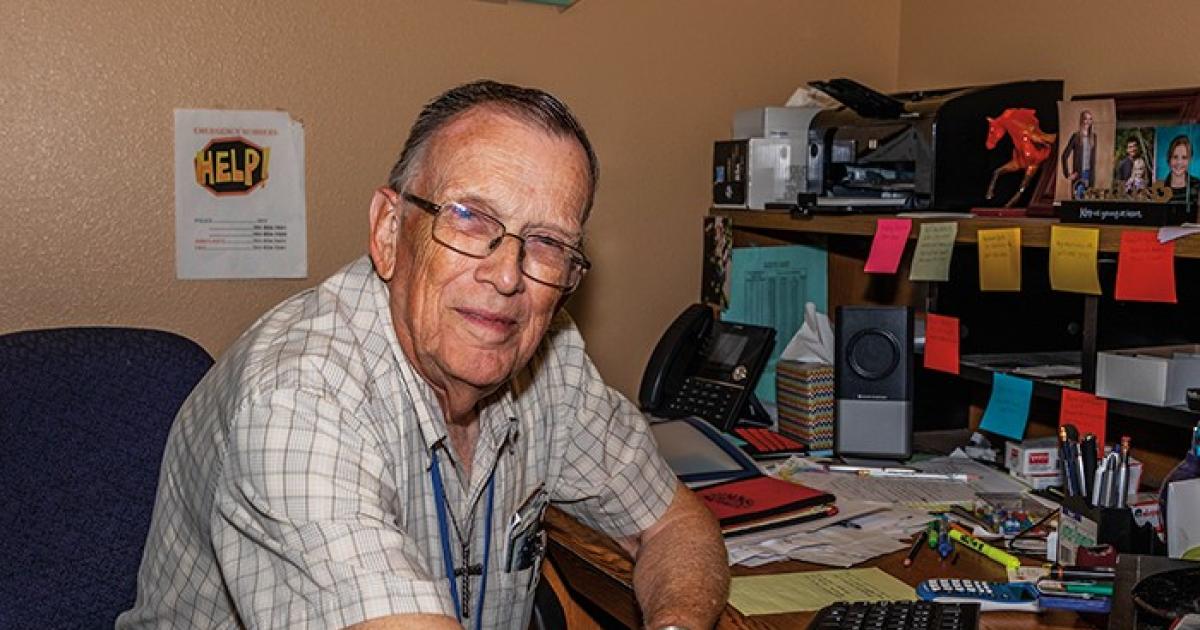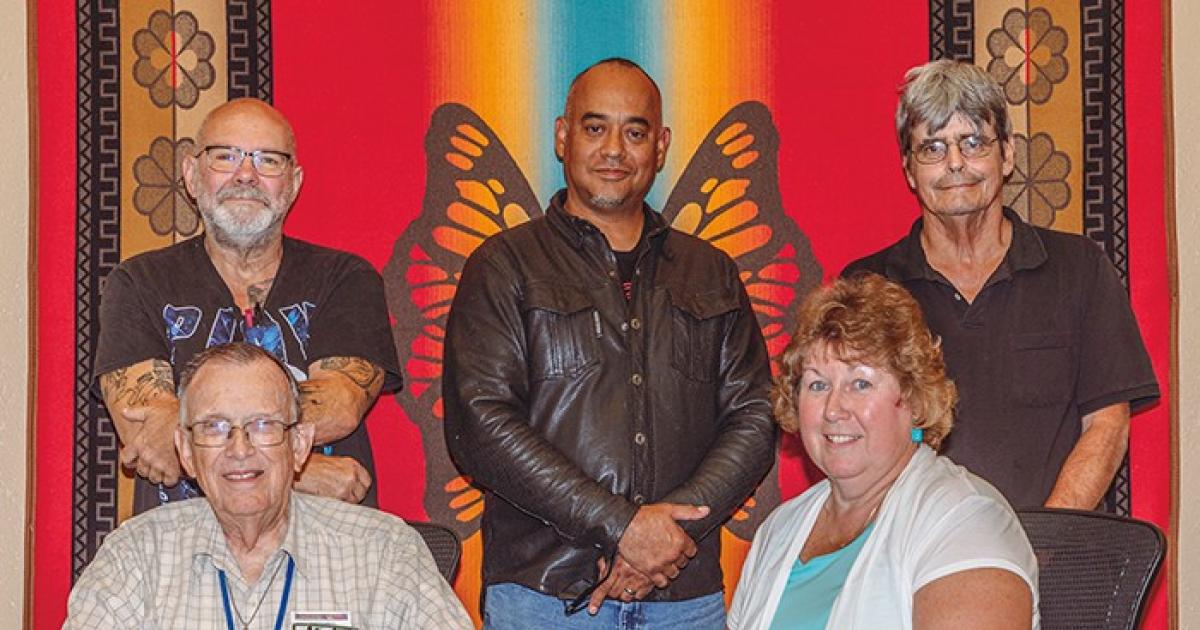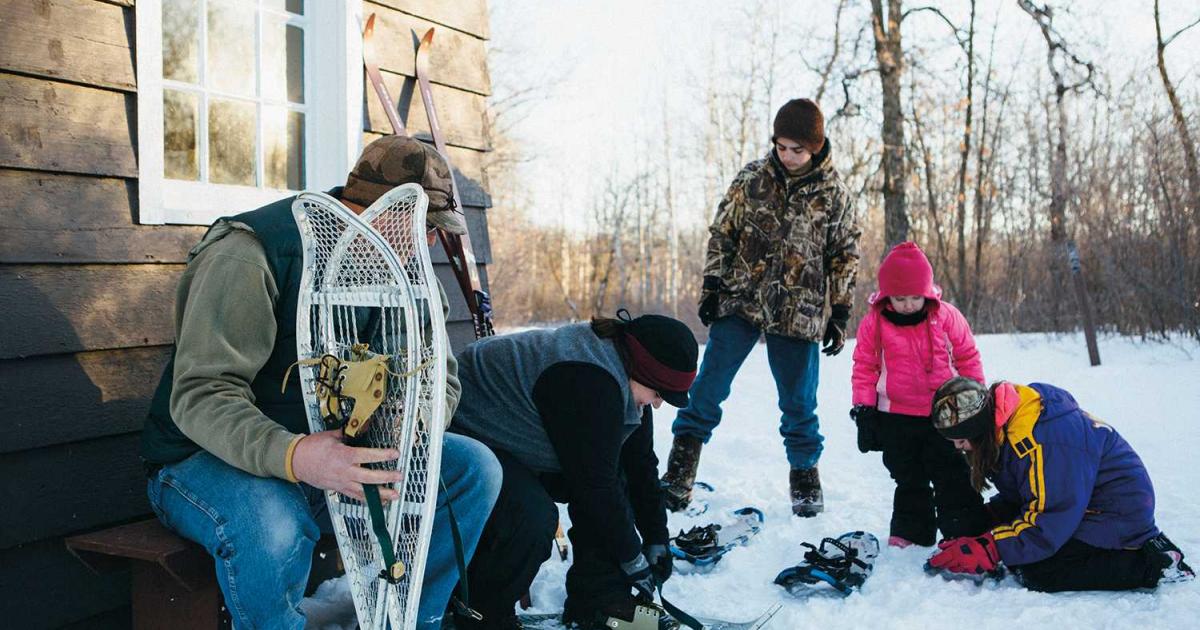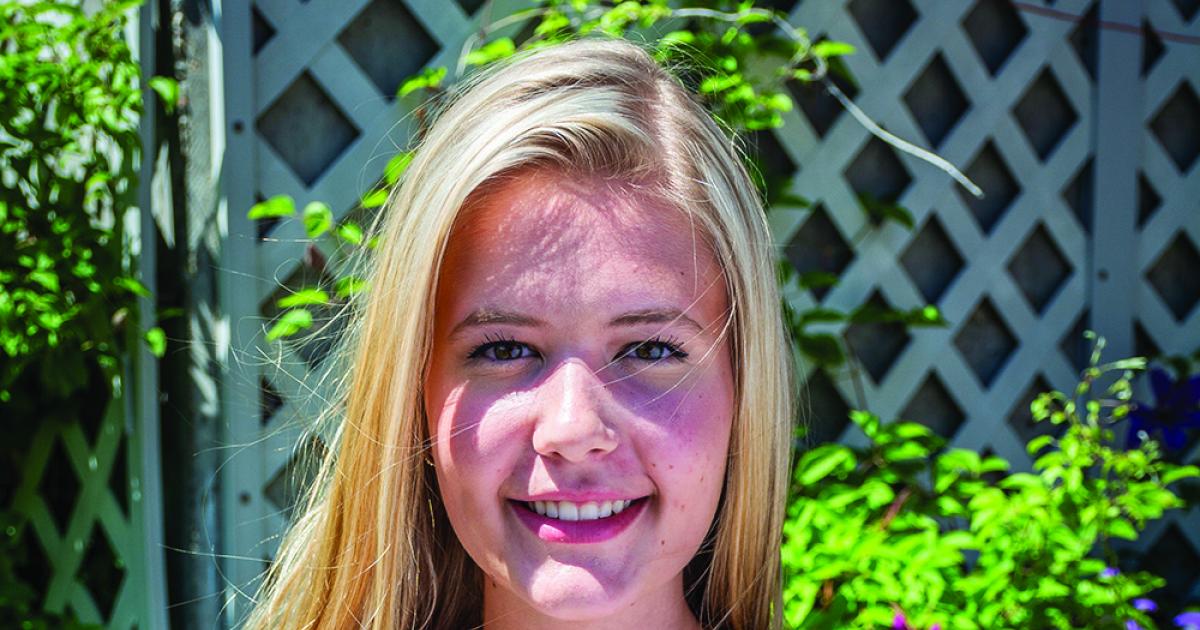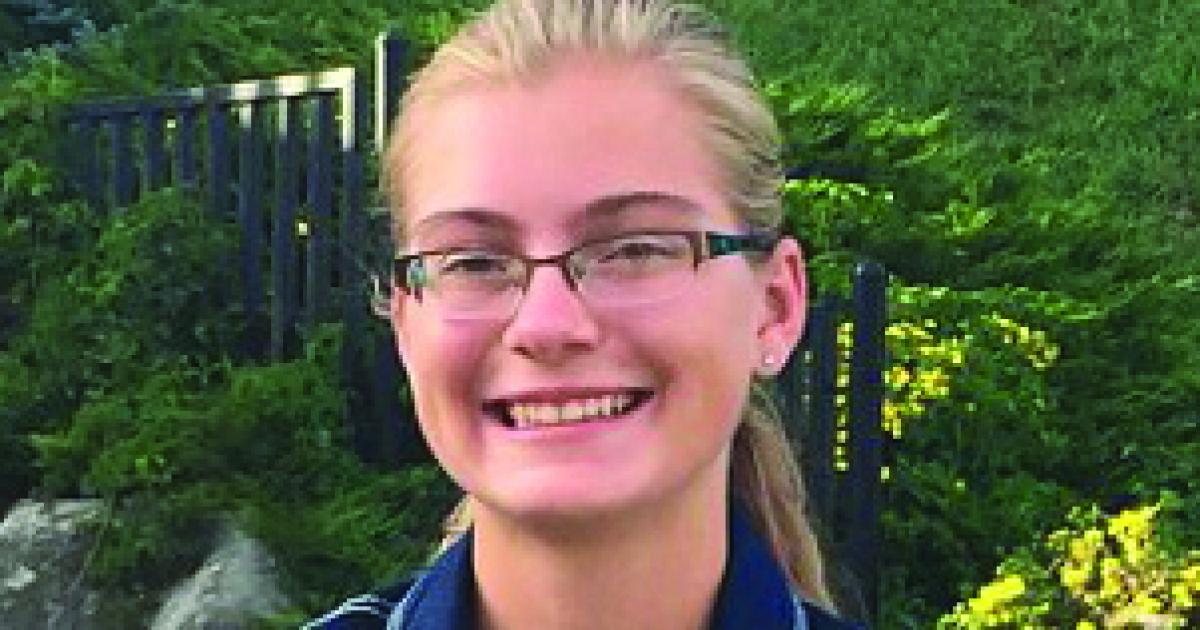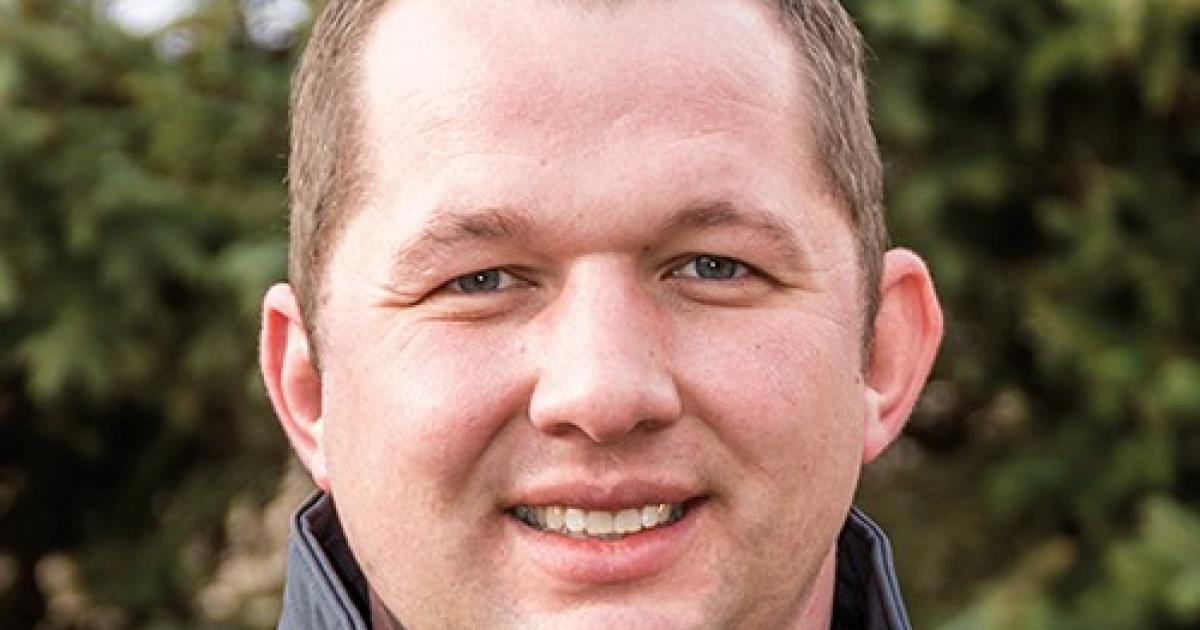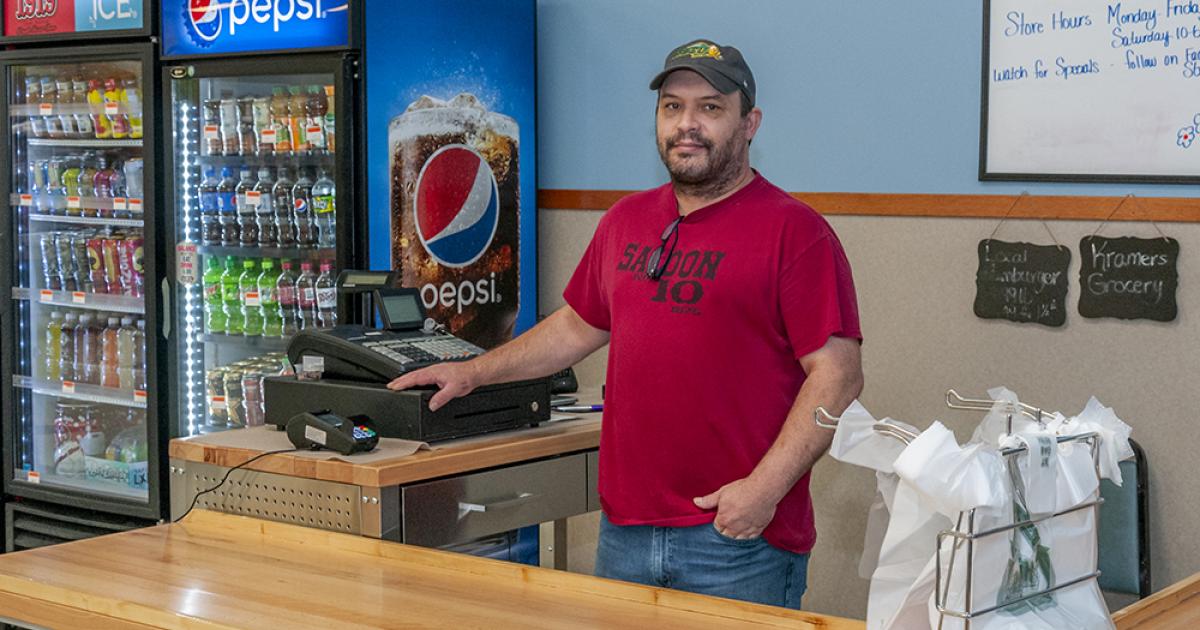Oyate Community Credit Union a first in Sioux County
Do you have a change jar? A place where you put your loose change at the end of the day. Perhaps it’s an old tin coffee can, like the one Grandpa kept in his shop, filled with pennies and the occasional paper clip or rusty nail. Or maybe it’s a child’s piggy bank.
The “change jar” is the perfect metaphor to describe efforts to establish a local credit union in Sioux County, on the Standing Rock Sioux Reservation in south central North Dakota. If successful, the Oyate Community Credit Union would be the first – and only – financial institution in Sioux County.
Jonathan Anderson, director of the Tribal Business Information Center on the campus of Sitting Bull College in Fort Yates since 2002, is part of a steering committee working to establish a credit union. If successful, Oyate Community Credit Union would be the first – and only – financial institution in Sioux County. Photo by NDAREC/Liza Kessel
“A credit union is the right fit for our community and would be owned by the people of the tribe,” says Joseph McNeil Jr., Standing Rock Sioux Tribe member who spearheads economic development for the tribe and serves on the emerging credit union steering committee. “Oyate means ‘the people, the nation.’ It’s reflective of community. Members will be able to vote on leadership of the credit union.”
If a full change jar represents the Oyate Community Credit Union, the change being added over time represents the people, their efforts and small wins along the way. The initial impetus was the creation of the Tribal Business Information Center (TBIC) in 1995 on the campus of Sitting Bull College, which is served by Mor-Gran-Sou Electric Cooperative. TBIC provides entrepreneurship training and consulting for individuals who want to start businesses and is targeted toward tribal members. Through this process, TBIC revealed the need to provide credit counseling services and personal financial education.
“We’d go through the entrepreneurship training process, from developing a business plan to making an elevator pitch, and then move on to ‘let’s run a credit report,’” says Jonathan Anderson, the center’s director since 2002. “That was a substantial hurdle. Bad credit would prevent a loan officer from making the business loan. We decided we needed to do something about that.”
Today, Sitting Bull College’s credit counselor, the emerging credit union steering committee and the Oyate Community Development Financial Institution (CDFI), which provides direct community and business development lending to Standing Rock residents, work together to offer financial education and credit counseling to the community – and to 120 elementary students across Standing Rock. Those involved say financial literacy is essential for future members of the credit union, where many members will – for the first time – have bank accounts and access to a loan program necessary to become homeowners, business owners and ag operators.
“The credit union is just an expansion of what we’re already doing. We’d be piggybacked off each other,” says Mike McCafferty, Oyate Community Development Corporation executive director.
“Our vision is to have a source for the local people, where we understand what the local needs are and are better able to meet them,” says Erv Knuth, who works with the steering committee. “There’s been no actual lending institution on the North Dakota side of Standing Rock. There should be a presence right here.”
MEETING THE NEEDS
What will having a financial institution in Sioux County mean?
For one, it would mean having a local place to cash checks or deposit paychecks. Many residents currently rely on local businesses to cash checks. This service typically comes with a fee, sometimes an exorbitantly high one, McNeil says.
“If you know rural North Dakota, you know that 40 or even 60 years ago, everything happened at the grocery store or gas station. You brought your checks in and got them cashed. Those transactions were made locally, not just on the reservation, but everywhere,” he says. “That still exists here, as the primary way of doing business.”
With business being concentrated locally, there also exists a largely untapped market for entrepreneurs to sell their goods and services, both online and off the reservation. Building on the natural entrepreneurial spirit of Indigenous people – as artisans and food producers, for example – is a vehicle to self-sustainability on Standing Rock, which has a 40% poverty rate and 75% unemployment rate.
“It’s a scarcity environment, so that entrepreneurial spirit is everywhere,” McNeil says. “There is a lot of cottage industry that exists underneath the threshold to receive general assistance.”
Through loan servicing, the Oyate Community Credit Union would be key in developing those local entrepreneurial efforts. Plus, the credit union facility would co-house both the credit counseling program and the Oyate CDFI, providing residents a financial one-stop-shop and serving as a center for financial education.
Expanding home ownership is another local need, as lenders tend to turn away from doing business on trust lands. Home-financing opportunities would help overcome a “level of non-ownership” on Standing Rock, where families can create wealth through home ownership and pass it on to the next generation.
“There’s a lot that can be done once this avenue becomes available,” McNeil says of establishing the credit union.
CREDIT UNION MODEL
From the beginning, stakeholders agreed the credit union model was the best pathway to meet local need and accomplish objectives.
“We want to be able to serve ourselves,” McCafferty says. “This credit union is investing in ourselves – investing in the community.”
Much like a cooperative, a credit union has members, who vote to elect representatives from the membership to serve on the organization’s board of directors. Members have a financial interest in the credit union or cooperative, pooling resources to provide a local service while retaining local control.
“Most (local) people understand having a credit union means that by membership, there is ownership,” McNeil says. “Yes, you’ll have that voice, that vote. This credit union is not an outside entity. It is wrapped wholistically in the community.”
The Oyate Community Credit Union proof of concept was recently certified by the National Credit Union Administration (NCUA) and a credit union consultant was hired to begin the capital fundraising phase. Meeting a $1 million fundraising level would allow Oyate Community Credit Union to make consumer loans.
“Anyone who lives, works or worships in this community is eligible to become a member,” Anderson says. The steering committee estimates a potential field of membership at 9,000 residents, plus a large number of workers who commute to Standing Rock from Bismarck, Mandan and Mobridge, S.D.
All those pennies, dimes, nickels and quarters add up. The group of folks dedicated to seeing Oyate Community Credit Union through to completion know this to be true.
“All those little baby steps create a tidal wave,” McCafferty says.
Someday, the jar will be full. And the process will begin again – filling the “change” jar once more.
Cally Peterson is editor of North Dakota Living. She can be reached at cpeterson@ndarec.com.


